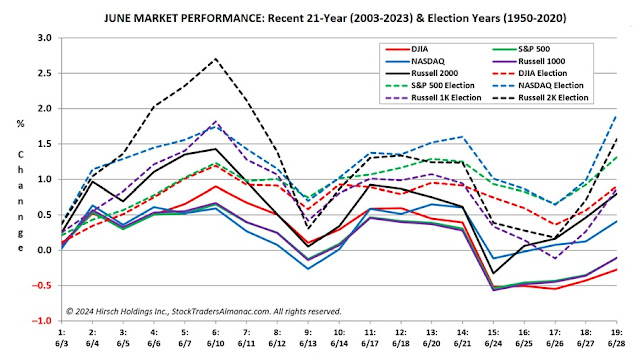In his book, 'Long-Term Secrets to Short-Term Trading', 2nd Edition, Chapter 7, Larry Williams provides price action patterns to profit. Larry Williams says that there are two daily bars that most confuse retail traders, the Inside Bar and the Outside Bar:
» What the public 'sees' on their charts as being negative is most often apt to be positive for short-term market moves and vice versa. A case in point is an outside day with a down close. The day's high is greater than the previous day's high and the low is lower than the previous day's low and the close is below the previous day's low. This looks bad, like the sky is indeed falling in. In fact, the books I have read say this is an excellent sell signal, that such a wild swing is a sign of a market reversal in favor of the direction of the close, in this case down. [..] The problem is these outside day patterns do not occur as often as we would like! The next time you see an outside day with a down close lower than the previous day, don't get scared, get ready to buy ! «
After an Outside Day with a Down Close lower than the previous day, BUY!
After an Outside Day with an Up Close higher than the previous day, SELL!
An Outside Bar is a bar that broke the previous bar's high and the previous bar's low. For related trading setups Larry Williams specifically looked for outside bars on the daily time frame that closed below the previous daily low or closed above the previous daily high. After such a bar prints, a reversal in the price action should be expected. According to Larry Williams, Outside Bars only appear 7% of the time on the daily time frame. After an Outside Day with an Up Close higher than the previous day, SELL!
This is what an outside bar with a down close looks like:
According to Larry Williams, this will be a buy set up in theory. Here we can see it looks bearish to the public eye because the close is below the low. This indeed can be a turning point. Enter long on the next daily open. The stop loss is below the low of the outside bar.
This is what an outside bar with an up close looks like:
This is a sell set up. It looks bullish to the public eye because the close is above the high. This indeed can be a turning point. Enter short on the next daily open. The stop loss is above the high of the outside bar.
Targets should be logically related to buy side/sell side liquidity levels (previous highs and lows), Imbalances/Fair Value Gaps and/or 50% swing retracement levels. Consider only setups offering risk-to-reward ratios ≥ 1:2.
Don't expect every single Outside Bar setup to be a winner.
Other setups and filters can nullify or optimize it (e.g. Oops Pattern, Smash Day, Day of the Week, trading in Premium or Discount, actual outside bar small range or large range, swing high or swing low recently broken, occurrence in 3 Day Cycle and 3 Week Cycle, close above/below 9-Day EMA, etc.).
The video below shows Outside Bar Trading Setups on timeframes also smaller than the daily.

































%20-%20ICT%20Optimal%20Trade%20Entry%20-%20OTE.jpg)

